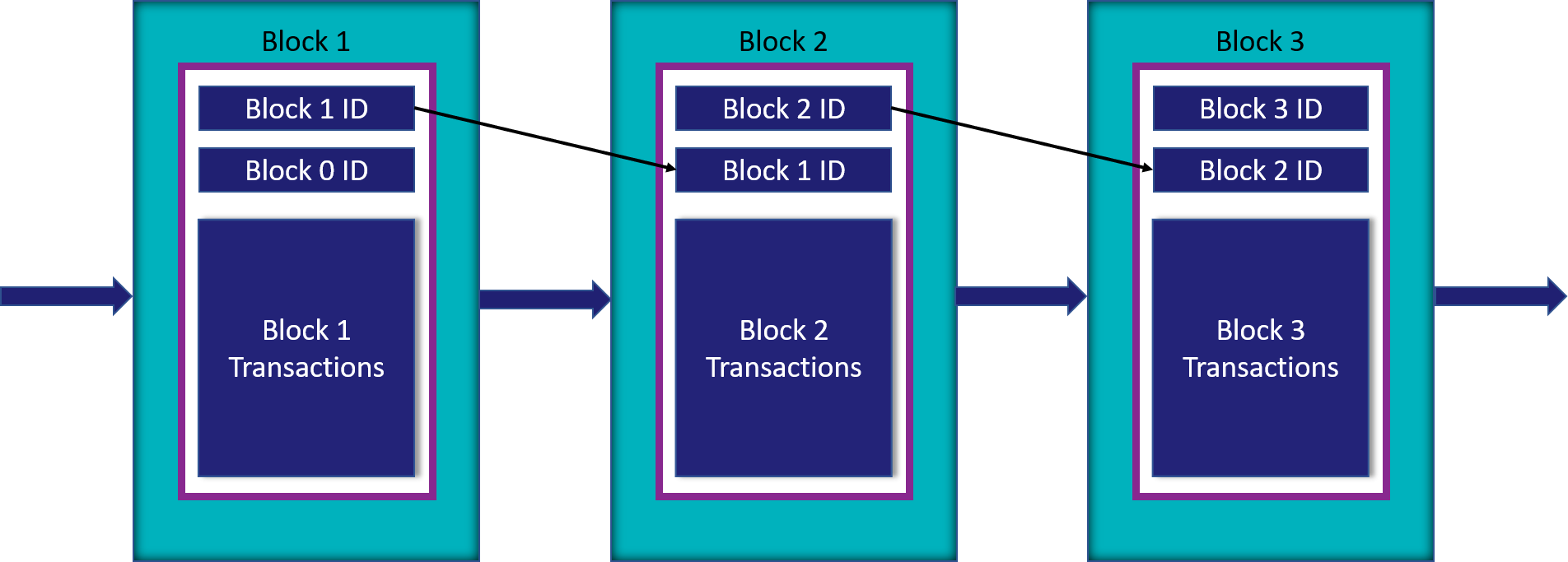Blockchains and cryptocurrencies over the last 10 years have developed into a giant market with many people
investing and taking an interest in them. But looking past the hype and bluster of 'Lambos' and 'HODLing' what
actually is a blockchain? In this article we aim to provide a concise overview for those that have an interest
in the inner workings of blockchains, without the need for technical knowledge or overcomplication.
The obvious place to start is the name itself. Block refers to the information that is added to the blockchain. This
information tells the users of the blockchain about the movement of information from one blockchain user to
another e.g. when someone sends cryptocurrency to another person. This information is sent to all connected
computers of the blockchain at set periods of time, for example Bitcoin adds a new block every 10 minutes.
This block of information is added by a computer connected to the blockchain network. The computer that adds the
block has to perform some complex computational task in order to send the block, but for now think of it as a
race to create and send a new block. The computers adding blocks to the chain are called miners. This
blockchain network is made up of thousands of devices connected to the same network so they can interact and
send information to one another. This is not to say that there is one central blockchain network,
each individual blockchain (e.g. Bitcoin and Ethereum) has its own separate network. Similar in the way that if
you use WhatsApp you interact with other users of WhatsApp but you could not send a message to someone using
Signal for example.
 Fig 1 - linkage of consecutive blocks through information contained in the previous block.
Fig 1 - linkage of consecutive blocks through information contained in the previous block.
Each time a new block is added it links directly to the previous block (i.e. in the case of Bitcoin the block
that was added 10 minutes before it), hence the term blockchain. This means that information in the blockchain
can be tracked back through time with an entire history of information being recorded. This linking of blocks
also gives blockchains one of its most interesting features once information has been added to the blockchain
it is impossible to remove. This is called immutability. The blocks are linked in such a way that trying
to change information in a previous block will cause the linking in all the blocks proceeding the change to break.
This will be seen by all the other computers on the blockchain network and will not be accepted as an update. While
this may seem a scary prospect, this incredibly valuable as it ensures that any information stored on the blockchain
can not be tampered with.
As previously mentioned information is contained within blocks. This tells members of a blockchain's network
what has happened in a set time period as well as an ID for the block and also the previous blocks ID to create
the chain of blocks. The information of what has happened in a set period of time is contained within transactions.
Each block is made up of potentially many transactions. Each transaction describes the movement of cryptocurrency
from one or many accounts to one or many other accounts. Transactions also require at least one of each of the
following: